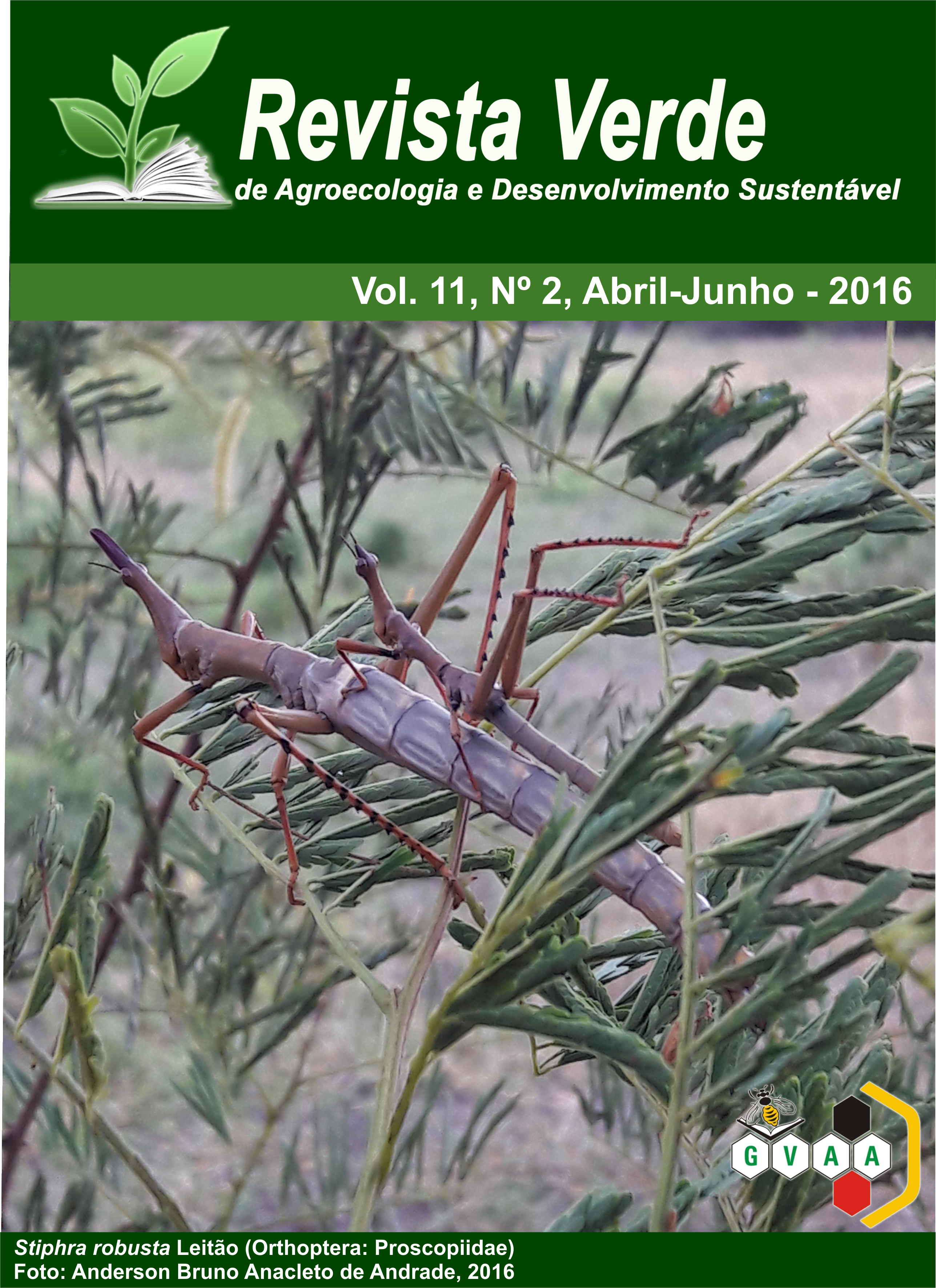Avaliação da cinética de secagem da carambola em secador convectivo
DOI:
https://doi.org/10.18378/rvads.v11i2.4026Keywords:
Averrhoa carambola L. Secagem convectiva. Modelos matemáticos.Abstract
A carambola (Averrhoa carambola L.) é tida como uma das frutas de grande potencial, por ser fonte de compostos essenciais para a nutrição dos seres humanos. A grande parte das perdas pós-colheita de frutas deve-se ao despreparo das pessoas do ramo da agroindústria e consumidores. A secagem é o processo comercial mais utilizado para preservar e aumentar a vida útil do produto alimentício convertendo-os em produtos mais estáveis. Diante disso, o objetivo desse trabalho foi de obter curvas de secagem de carambola em um secador convectivo e, a partir dessas curvas, obter dados de taxa de secagem. As carambolas foram lavadas, higienizadas, minimamente processadas em fatias de 1 cm de espessura e colocadas imediatamente nas bandejas para secagem. Utilizou-se um secador convectivo para o experimento, nas temperaturas de 60, 70 e 80 °C e velocidade do ar de secagem de 1,5 m s-1. As pesagens foram realizadas até que as variações de massa fossem insignificantes e, em seguida, as amostras foram colocadas em estufa, a uma temperatura de 105 ºC por 24 h, para determinação da matéria seca. Para o ajuste matemático das curvas de secagem dos resíduos foram utilizadas as equações de Henderson, Lewis e Page ajustadas com o auxílio do programa computacional Statistica, versão 5.0. O melhor ajuste deu-se ao modelo de Page, seguido de Lewis e Henderson, apresentando os melhores R2.
Carambola (star fruit) drying kinetics evaluation in convective dryer
Abstract: The carambola (star fruit) (Averrhoa carambola L.) is considered one of the great potential of fruit, being source of compounds essential for the nutrition of humans. A large part of post-harvest fruit losses due to the unpreparedness of the people's branch of the agro-industry and consumers. Drying is the most widely used commercial process to preserve and extend the life of the food product by converting them into more stable products. Thus, the aim was to get carambola (star fruit) drying curves in a convective dryer and from these curves, get drying rate data. The cannons were washed, sanitized, minimally processed into 1 cm thick slices and placed immediately in the trays for drying. We used a convection dryer for the experiment at temperatures of 60, 70 and 80 °C, and drying air velocity of 1.5 m s-1. The weighings were carried out until the mass variations were insignificant, and then the samples were placed in a greenhouse at a temperature of 105 °C for 24 h to determine dry matter. For mathematical adjustment of waste drying curves were used the equations of Henderson, Lewis and Page set with the help of the software Statistica, version 5.0. The best fit was given to the Page model, followed by Lewis and Henderson, presenting the best R2.












